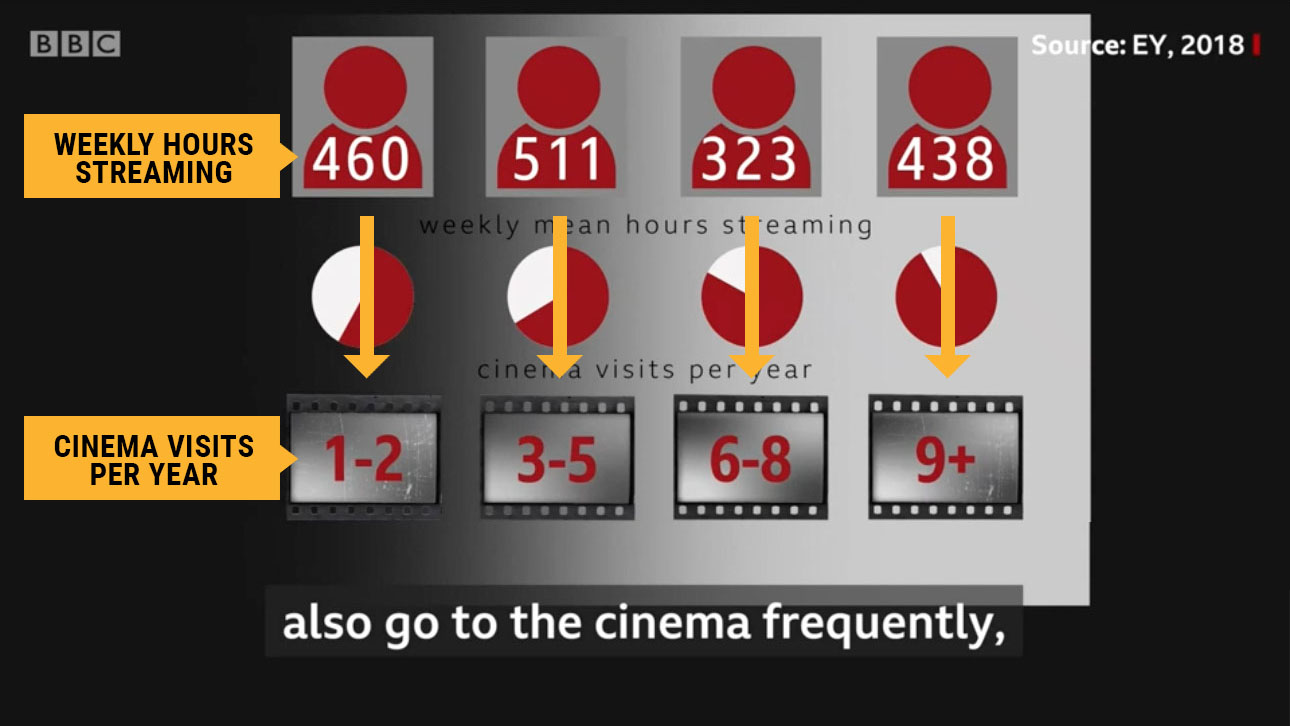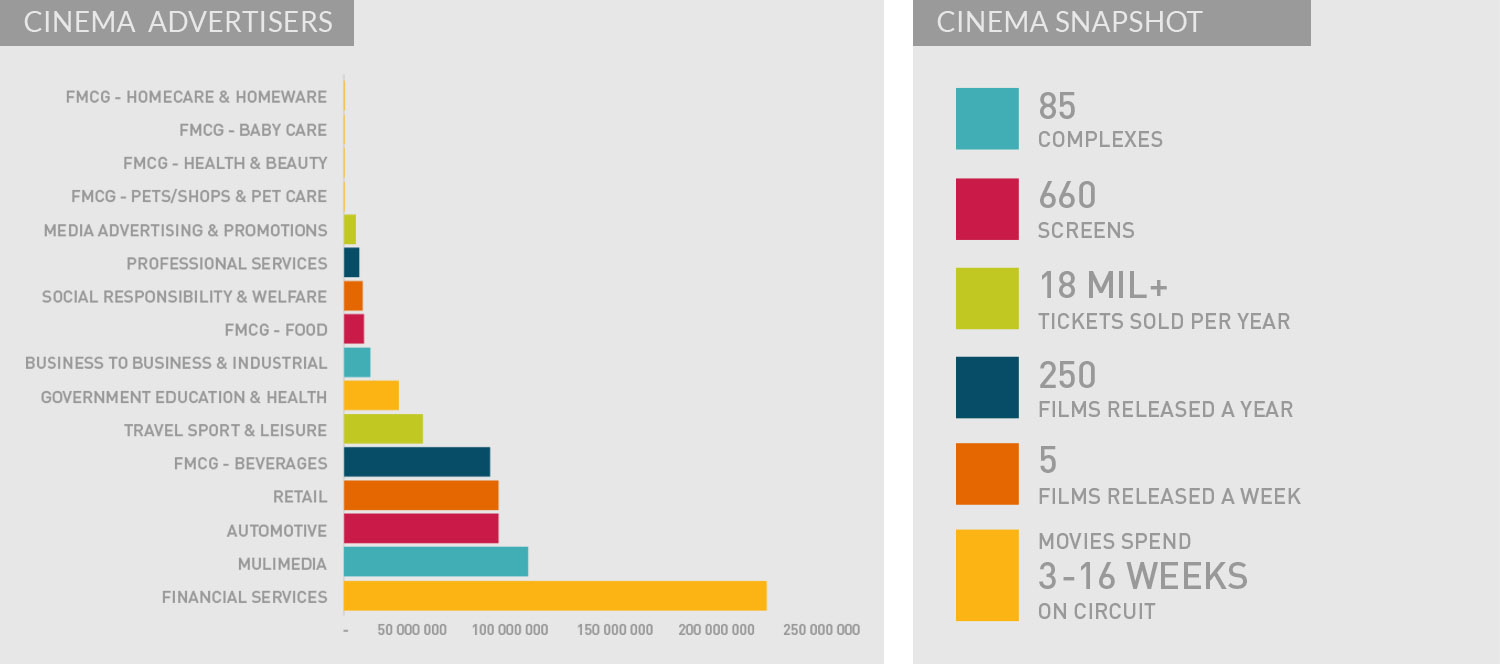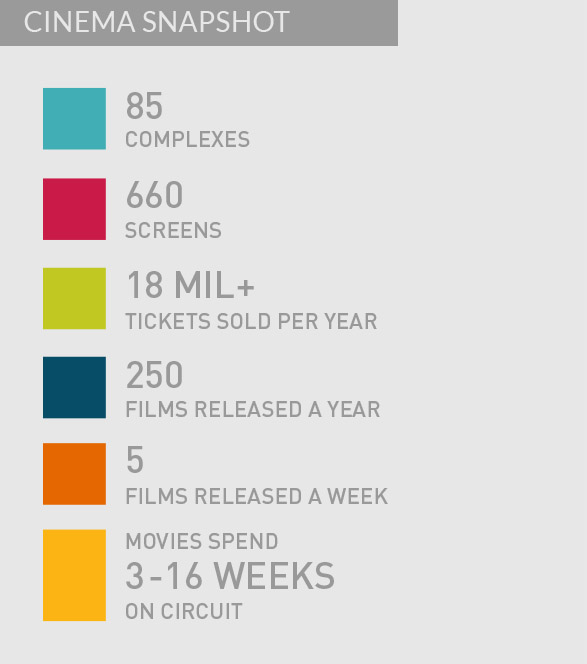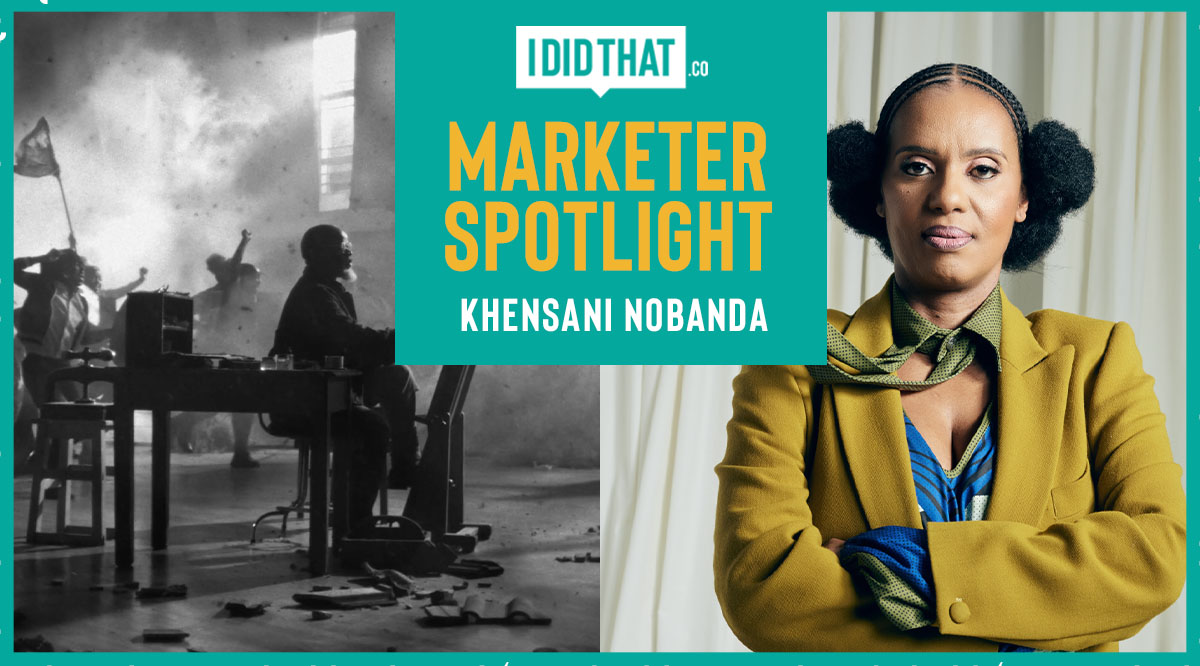
Case for Cinema: The 4 most common cinema myths BUSTED
During a recent partnership between Ster-Kinekor and IDIDTHAT, we decided to hit up some industry leaders including top ad creatives, agency producers, and post-production gurus asking them what their perceptions about using cinema to showcase their commercials were. Below some of the feedback we received:

Always at the ready to debunk any potential fake news about cinema advertising, we challenged Ster-Kinekor Sales to disprove some of these perceptions. What followed was a back-and-forth of slides, files, links to drives, docs, stats and graphs #DeathByData. We thought we’d spare you all that, so we put together a summary of the feedback we received straight from Ster-Kinekor Sales and some of their sources in the know, complete with far simpler diagrams that will hopefully assist you when deciding whether your idea deserves the big screen.
*All the views, research and data below was supplied by Ster-Kinekor Sales, although we can’t say we disagree #CheekyPartnershipLove
[Untrue] Myth #1: Cinema is dying
- Cinema is definitely not dying. In fact, cinema had over 18 million visits last year making it one of the most popular entertainment options in South Africa.
- The number of unique visits to the cinema in SA is almost double that of the South African Twitter community.
- With 250 movies released per year, cinema has the biggest NEW movie catalogue compared to all other platforms (Free-to-air: SABC & Etv / Pay-TV: DStv, Netflix, Showmax, Amazon Prime, Viu, Hulu)
In an article entitled ‘Cinema: It’s Hot Again’, The Media Online, in September last year, reported: “The World Advertising Research Centre’s (WARC) most recent Global Ad Trends showed that “investment in cinema advertising is set to rise for the sixth consecutive year in 2019” with projected growth running ahead of the all media forecast; cinema will be the only ad medium other than internet not to lose share of global advertising spend this year.”
Let’s look at where people are spending their money.
- When it comes to money spent on entertainment, cinema is 4th which speaks to how relevant cinema still is.
- Shopping malls and cinema complement each other; because of the cinema the moviegoer visits the mall and because of the mall the consumer can visit the cinema.
- Cinemas are in ALL major shopping malls around the country, so #Boom

Source: Kantar Milwood Brown ‘Entertainment spend’
Let’s look at the effects of streaming on cinema.
This evidence suprised us at I DID THAT the most! Listen up -> People who stream Netflix more frequently actually visit the cinema more often. Let that sink it… Check out the slide below #ShockEmoji
BBC News ran a segment last year entitled: ‘Netflix: Is streaming killing the cinema industry?’ in which reporter Lora Jones investigates how Netflix has revolutionised the way we watch TV and investigates what impact streaming at home has on cinema, the findings:
- Despite new platforms of movie consumption, cinema has held its own and continues to grow globally.
- Cinema once overcame the threat of TV to the movie scene and again does so with Netflix.
- People who stream more movies for more hours, visit the cinema more times per year.
Because the South African cinema market follows global cinema trends, it’s safe to say that if streaming were to kill cinema locally it will start in big economies and this is simply not the case. Below screenshots taken from the segment ‘Netflix: Is streaming killing the cinema industry?’ The first shows how cinema is steadily increasing year on year and the second showcases the results of a study conducted which proved that people who stream more movies on Netflix for more hours in a week actually visit the cinema more times a year.

Source: Screenshot from BBC ‘Netflix: Is streaming killing the cinema industry?’

Source: Screenshot from BBC ‘Netflix: Is streaming killing the cinema industry?’
[Untrue] Myth #2: The cinema market is too small and doesn’t reach a national audience
Lets talk about who’s going to the cinema.
With over 18 million movie tickets sold per year in South Africa, cinema has an extensive reach in the country. Cinema can also target commercials to specific locations, gender, age, and genre of film thus ensuring a more reliable content alignment. The below graphs show the age, race and gender of South Africans who visit the movies as well as their LSM.

(Source: TGISA, GFK landscape)

(Source: TGISA, GFK landscape)

(Source: TGISA, GFK landscape)
- The average frequency for cinema is 1.6 visits per person per year, which means your commercial won’t keep reaching the same person over and over again.
- South Africans come out to watch over 280 new films each year catering to all age groups and across all genres.
- Cinema is not only being used for big brand ads that flight for a two month period anymore. Cinema now has competitions, retail, government and shorter duration campaigns too.

(Source Left: Nielsen | Source Right: Numero)

(Source: Nielsen)

(Source: Numero)
[Untrue] Myth #3: Cinema advertising is too expensive and doesn’t offer good ROI
- Cinema’s superpower is low frequency meaning that adverts that run longer on cinema will reach more and more people in the most impactful environment in media.
- Comparatively, cinema is 20% cheaper than pay-TV and has 3 times the video completion rate of any digital platform.
- For all intensive understanding, CINEMA is digital video, but it always offers brand safety, it is always above the fold, it’s never an interruption and has an average completion rate of 90%.
- TV remains the best reach medium in South Africa but it’s very expensive. Cinema offers advertisers the opportunity to cut through the clutter and land their messaging while also changing behaviour while in a mall/purchasing environment.
Cinema’s added reach: Over and above TV and Digital.
Kantar Millward Brown’s research shows that cinema has proven to be a formidable solution, driving incremental reach over and above TV and digital channels. “On average across the studies we measured, cinema advertising added approximately 8% incremental reach to each channel, with 40% of the total cinema reach delivered being incremental to either TV or Digital.
More importantly, cinema advertising also extended exposure to the traditionally hard to reach ‘light-TV’ or ‘non-TV’ viewers which helped to balance the frequency distribution across screens. This was seen across age groups, including younger males, amongst whom the ‘light’ and ‘non’ commercial TV viewers represented almost half (46%) of the audience. The value in being able to reach the ‘hard to reach’ for some brands is immeasurable.”

(Source: Kantar Millwood Brown ‘The Power of the Big Screen’ – June 2017)
[Untrue] Myth #4: Cinema reach can’t be proven
- Cinema’s reach can very much be proven because it is driven by tickets sold, making it audit approved and verifiable.
- The cost-effectiveness of cinema has increased by 34% in the last five years. (Kantar’s Global Cross Media database ‘The Power of Connection 2019’)
- Every client receives a detailed post-campaign showing how many people were reached and in some cases, cinema audiences are surveyed to measure the impact of different campaigns and creative.
- Fraud in the digital landscape has become a massive issue recently, while cinema can be trusted because its reach is audit approved and verifiable.
Well, if that wasn’t enough proof, we’d like to add our two-cents, or more specifically Sir John Hegarty’s two-cents. On one sunny day in Cannes we were privy to a talk by advertising legend and founder of the agency Bartle Bogle Hegarty himself. Hegarty formed part of the panel representing SAWA (Global Cinema Advertising Association). The topic of the discussion was; ‘The Global Cinema Medium inspired by hunger to Feed our Future”, but here is a lovely moment when the Mick Jagger lookalike starts waxing lyrical about how special cinema is to him.
Now that we know all the facts, and did some serious myth busting, adding cinema to your media plan seems like a no-brainer. And while you’re at it, why not go with the cinema that believes in ‘Big Brands. Big Ideas. Big Impact’













